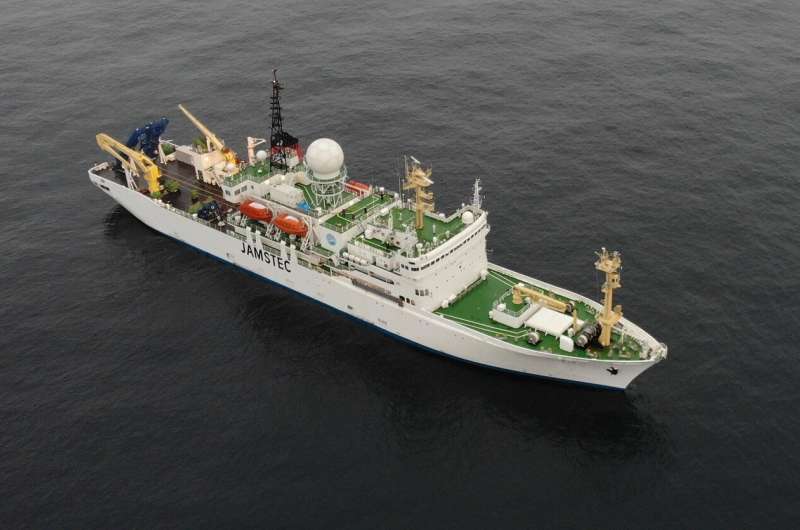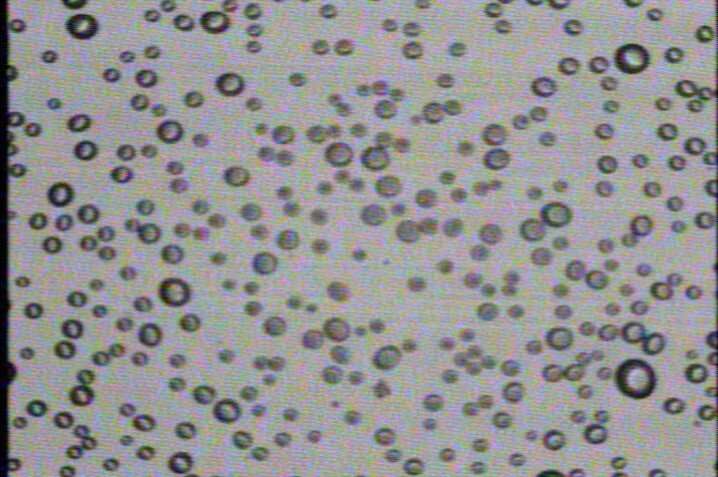Arctic ocean expedition advances climate modeling

As the climate warms and Arctic sea ice retreats, more research vessels and commercial ships are sailing into the Arctic Ocean, but the accuracy and sensitivity of regional weather and marine forecasts for these hazardous waters still lag well behind those of their lower-latitude counterparts, with significant differences between regional models. Direct measurements of atmospheric conditions, such as cloud cover and solar radiation can help to evaluate and improve these models.
In a new study published in the Journal of Geophysical Research: Atmospheres, a research team led by the National Institute of Polar Research in Tachikawa, Japan tackled this problem using data collected by the ice-strengthened Japanese Research Vessel Mirai in 2014.
"We conducted stationary point observations with comprehensive observing instruments over the ice-free Chukchi Sea in the Arctic Ocean in September 2014, a period of transition from the melting season to the freezing season. This approach provided an ideal opportunity to examine model representations of clouds, solar radiation, and the surface heat budget during this period," says first author and leader of the cruise, Jun Inoue, who proposed the strategic operation setup used in this study.
Six state-of-the-art regional climate models (with nine different model runs) were selected for investigation using these observational data, with the aim of examining interactions between clouds and radiation, as well as the sea surface energy budget. Most of the models adequately captured near-surface meteorological parameters, but some targets for further improvement were identified. One notable finding was that most of the models tended to fail to capture the vertical structure of clouds over the Arctic Ocean, especially unstable low-level stratification.

"We found extensive differences between models in the partitioning between ice clouds and liquid clouds, which resulted in large discrepancies in the sea surface heat budget. What this reveals about the models is that most of their cloud microphysics schemes should be improved based on the observation that supercooled liquid clouds are maintained even in low-temperature environments below -20 degrees C," says Inoue.
Accurate atmospheric and coupled air-ice-sea climate models are indispensable for understanding the evolution of the Arctic region as global climate change progresses. The findings of this study based on measurements taken over the ice-free Arctic Ocean will help to improve these models and the forecasts they produce. Additional research expeditions into the Arctic to collect observational data will further advance these ongoing efforts.
More information: Jun Inoue et al, Clouds and Radiation Processes in Regional Climate Models Evaluated Using Observations Over the Ice‐free Arctic Ocean, Journal of Geophysical Research: Atmospheres (2020). DOI: 10.1029/2020JD033904
Journal information: Journal of Geophysical Research - Atmospheres
Provided by Research Organization of Information and Systems




















